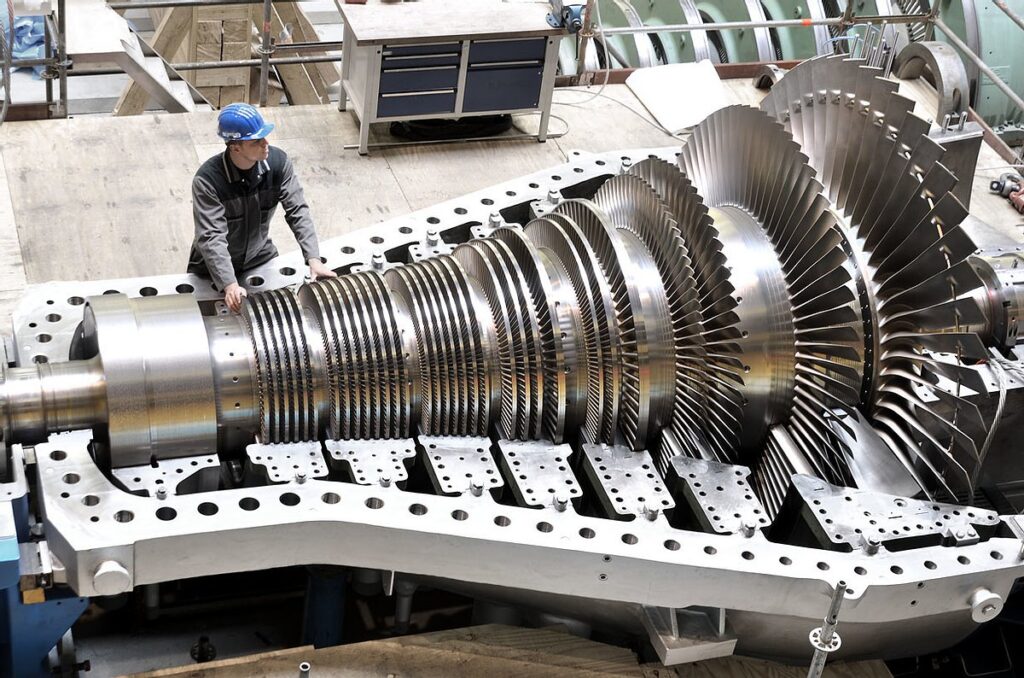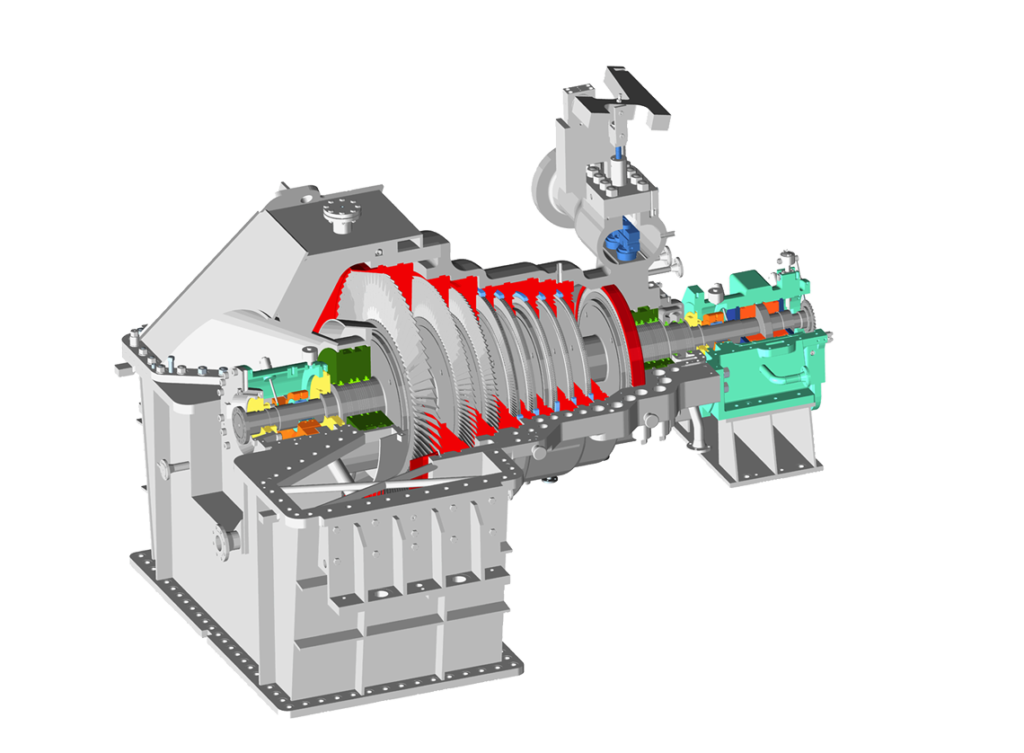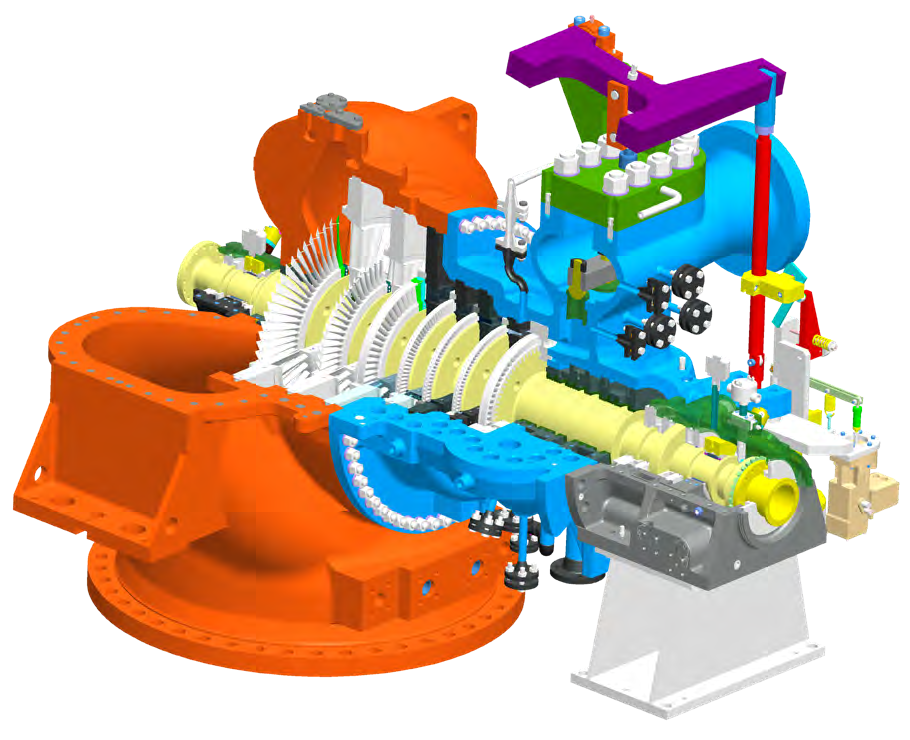RISKS vs RELIABILITY - SPECIAL STEAM TURBINES

ADVANTAGES - RISKS
ADVANTAGES - RELIABILITY
The advantages of using the concept of risks instead of reliability for special steam turbines in phases like engineering, design, operation, and maintenance are:
Comprehensive approach: The risk-based approach is a more comprehensive approach that considers all possible sources of risk in the design, operation, and maintenance of steam turbines. This approach takes into account factors such as equipment, personnel, and environmental factors that can affect the performance and reliability of the turbines.
Cost-effective: The risk-based approach can be a more cost-effective way of managing the operation and maintenance of steam turbines as it focuses resources on the areas that are most likely to result in failure or unscheduled shutdowns. This can lead to more efficient and effective use of resources, reducing costs, and improving the overall performance of the turbines.
Early detection: The risk-based approach can help identify potential problems before they become critical and lead to unscheduled shutdowns. By identifying potential risks and taking appropriate action, operators can prevent or mitigate problems before they result in costly downtime or damage to the equipment.
Improved safety: By using a risk-based approach, safety hazards can be identified and addressed early, leading to a safer operating environment for personnel and equipment.
Flexibility: The risk-based approach allows for flexibility in the operation and maintenance of steam turbines, as the focus is on managing risks rather than following rigid guidelines or standards. This approach can lead to more customized and effective strategies for managing the turbines.
Overall, the risk-based approach can provide a more holistic and effective way of managing the operation and maintenance of special steam turbines, leading to improved performance, reduced costs, and increased safety.
Some potential advantages of using the concept of reliability instead of risks applied to special steam turbines in phases like engineering and design for projects or in case of existing and operating industrial plants about the operation and maintenance could include:
Focus on system performance: By focusing on reliability, engineers and operators can concentrate on ensuring the system operates at a high level of performance over an extended period of time. This can lead to improved efficiencies, reduced downtime, and enhanced production capabilities.
Predictive maintenance: A reliability-based approach often involves predictive maintenance strategies, such as condition monitoring and advanced analytics, which can detect potential issues before they become critical failures. This approach can help to extend the useful life of the equipment and reduce the risk of unscheduled shutdowns.
Long-term cost savings: By focusing on reliability, organizations can often achieve long-term cost savings. This can be achieved through reduced maintenance costs, lower energy consumption, and reduced downtime.
Improved safety: A reliability-based approach can help to improve the safety of the system by reducing the risk of critical failures and unscheduled shutdowns.
Improved stakeholder confidence: A focus on reliability can help to improve stakeholder confidence in the equipment and the organization operating it. This can lead to increased investment and a stronger reputation in the industry.
However, it’s important to note that the advantages of using the concept of reliability vs risks may vary depending on the specific context and the goals of the organization. It’s important to carefully consider the advantages and disadvantages of each approach before making a decision.

DISADVANTAGES - RISKS
DISADVANTAGES - RELIABILITY
The disadvantages of using the concept of risks instead of reliability applied to special steam turbines are:
Limited Scope: The concept of risks focuses mainly on identifying and mitigating potential risks, while reliability considers a wider range of factors that affect the performance and longevity of the equipment.
Incomplete Information: The concept of risks may not provide a complete picture of the potential problems that could arise in the operation and maintenance of special steam turbines. It may miss some important factors that could affect the reliability of the equipment.
Reactive Approach: The concept of risks is a reactive approach that identifies potential problems after they have already occurred. Reliability, on the other hand, is a proactive approach that seeks to prevent problems before they occur.
Inefficient Maintenance: The concept of risks may lead to inefficient maintenance practices as it focuses on specific risks rather than a comprehensive approach to maintenance. This could result in increased downtime, decreased performance, and increased maintenance costs.
Neglect of Small Problems: The concept of risks may neglect small problems that could eventually become major issues. Reliability focuses on identifying and addressing small issues before they become major problems.
There are a few potential disadvantages to relying solely on the concept of reliability in the context of special steam turbines:
Limited focus on potential failure modes: Reliability analysis typically focuses on identifying the most likely failure modes and determining how often they are likely to occur. However, this approach may miss less probable but more severe failure modes, such as those related to extreme environmental or operational conditions, that could lead to catastrophic failure if not adequately addressed.
Limited consideration of consequences: Reliability analysis typically focuses on minimizing the likelihood of failure, but may not take into account the potential consequences of a failure. In contrast, a risk-based approach focuses on minimizing the overall risk of failure, which takes into account both the likelihood and consequences of failure.
Limited flexibility: Reliability analysis typically assumes that the system will be operated and maintained according to a set of predetermined specifications, and may not account for changes in operating conditions or maintenance practices that could impact the system’s performance over time. A risk-based approach is more flexible and adaptable to changing circumstances, allowing for adjustments to be made based on changes in the operating environment or maintenance practices.
Overall, while reliability analysis can be a useful tool in managing the performance and maintenance of special steam turbines, it should be used in conjunction with a risk-based approach to ensure that all potential failure modes and consequences are adequately considered.

